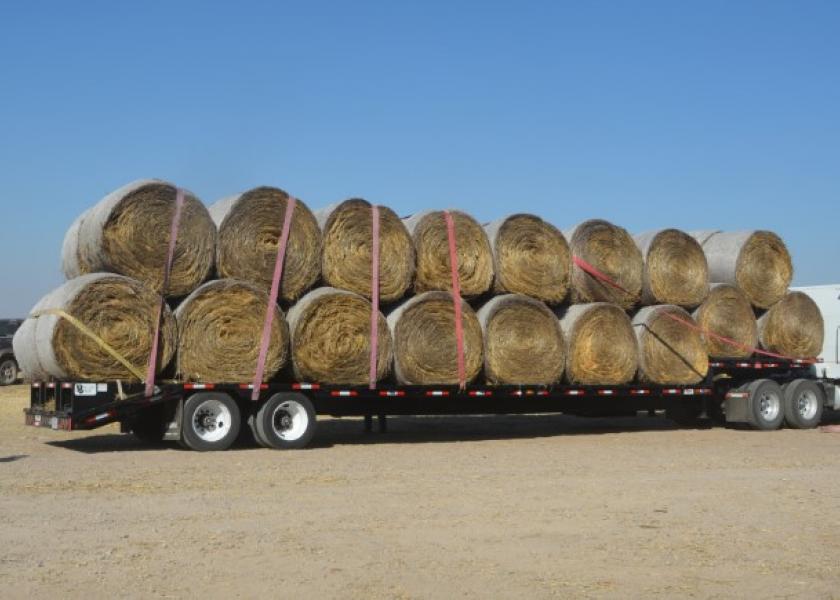Kansas Asks Vilsack to Adjust LIP, Donations to Wildfire Relief Now $1.5 Million

Kansas Gov. Laura Kelly sent a letter to U.S. Secretary of Agriculture Tom Vilsack outlining the devastating impact of the extreme weather that impacted many Kansas livestock producers on December 15. She acknowledged that several USDA disaster programs would be helpful for livestock producers impacted by the many wildfires experienced in the state, but also expressed concerns about the level of benefits provided by the programs.
Gov. Kelly asked Secretary Vilsack to adjust the payment rate of the Livestock Indemnity Program to better reflect the replacement cost of cows lost in the fires, especially bred cows. The letter highlighted the gap between payment rates for replacing lost fences through the Emergency Conservation Program with the actual costs of barbed wire and steel posts. She also requested access to Conservation Reserve Program acres and payment eligibility for standing forages stockpiled for winter grazing.
As of January 12, the Kansas Livestock Foundation (KLF) had collected more than $1.5 million for wildfire and severe storm relief. The total came from 1,231 individuals and companies. All the proceeds will be used to help producers impacted by the wildfires and weather events of December 15.
Recent large contributions came from Green Garden Angus at $25,000, UMB Charitable Foundation at $25,000 and William T. Kemper Charitable Trust at $25,000.
Donations still can be made by going to www.kla.org or sending a check to KLF at 6031 SW 37th Street, Topeka, KS 66614. Please put “wildfire relief” in the memo line.
Producers wanting to apply for relief funds through KLF can do so by completing an application and submitting it by January 31. Questions on the form ask about livestock, fence and structures lost, grazing acres burned and veterinary costs to treat sick or injured animals. Applicants do not have to be KLA members. The application is available on www.kla.org or by calling KLA at (785) 273-5115.







